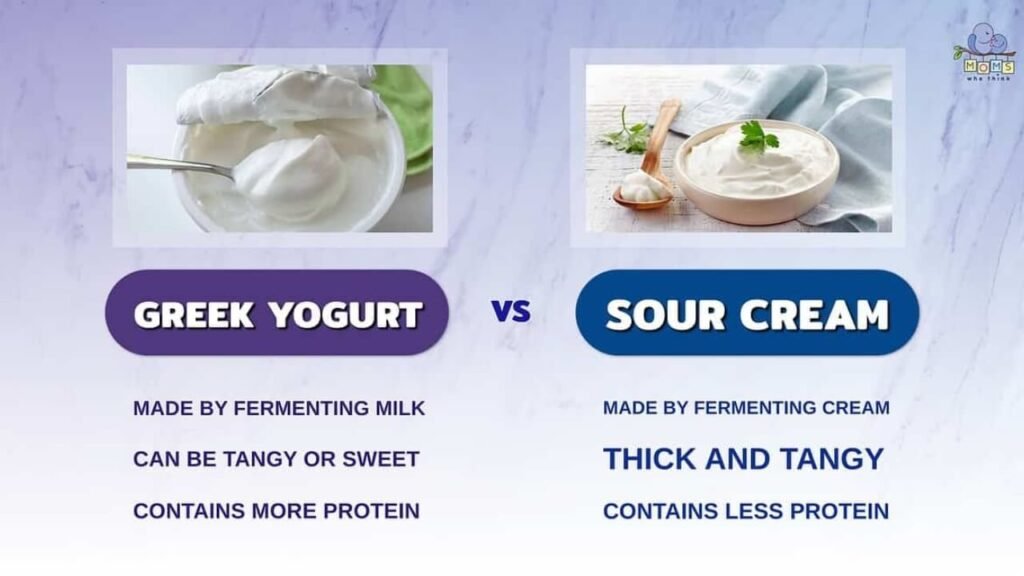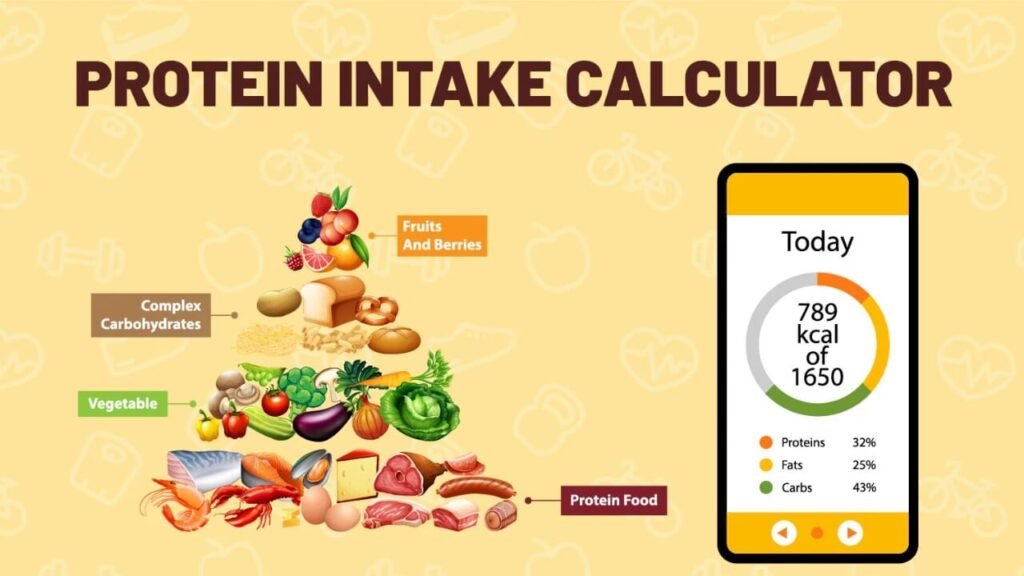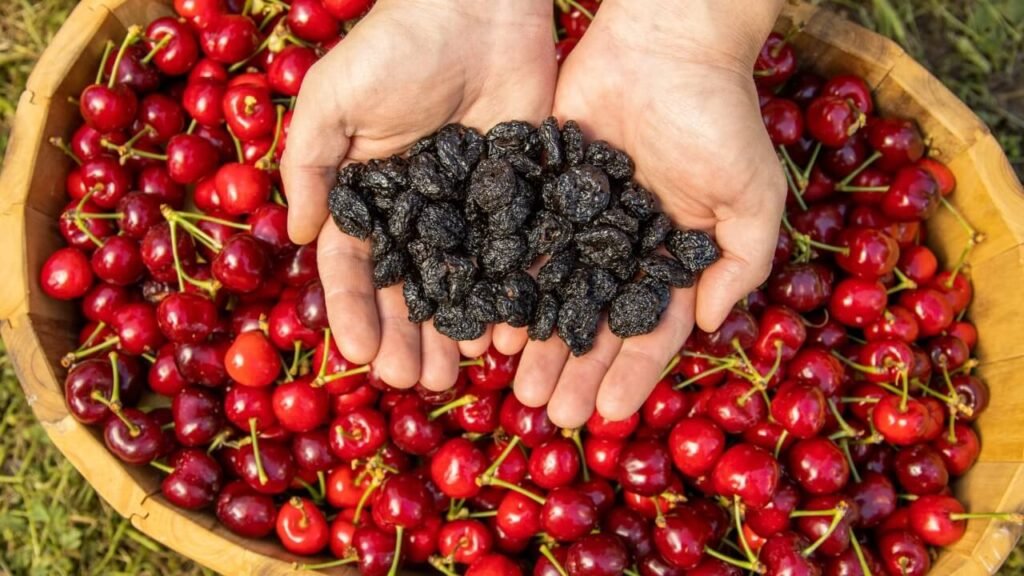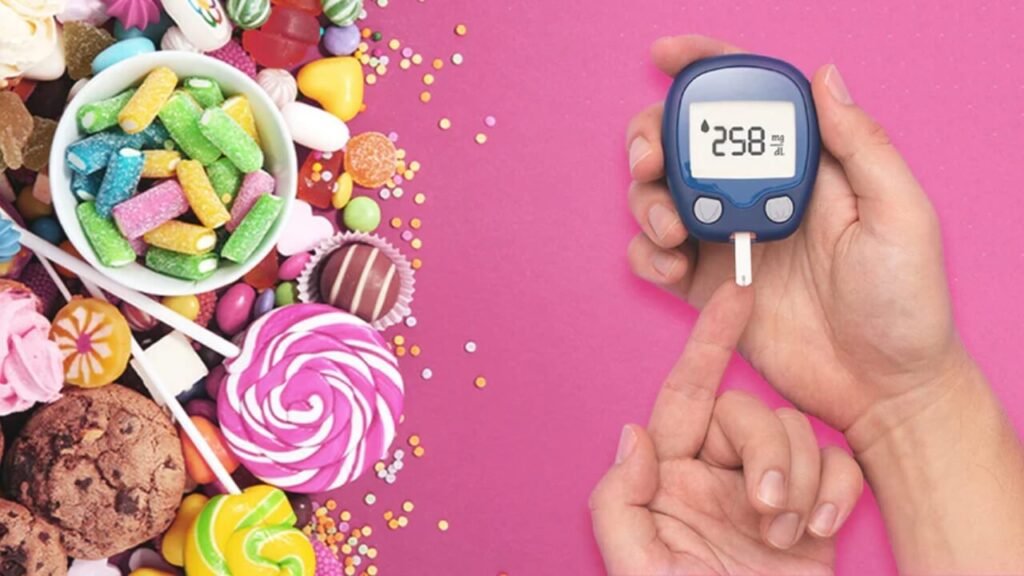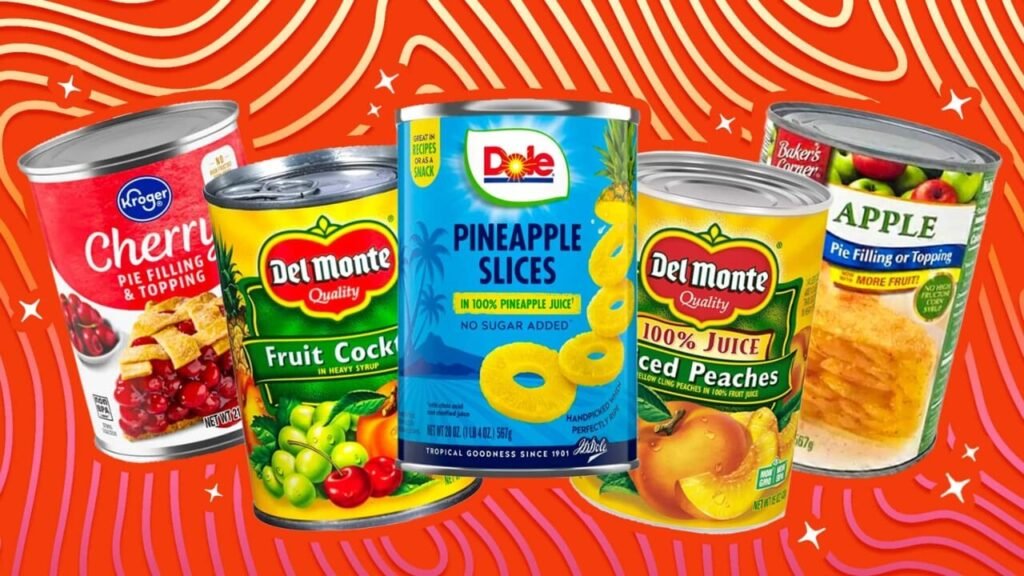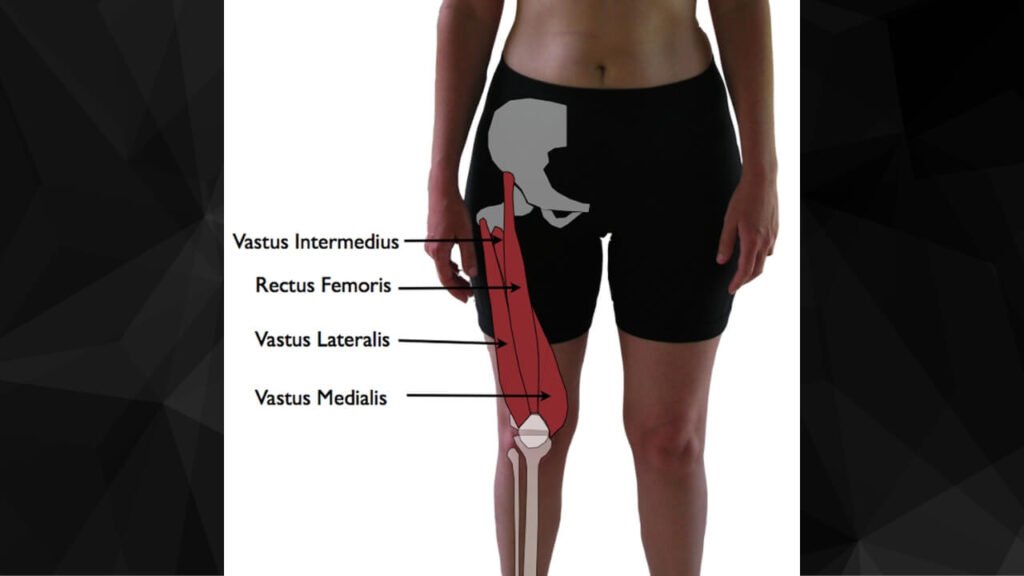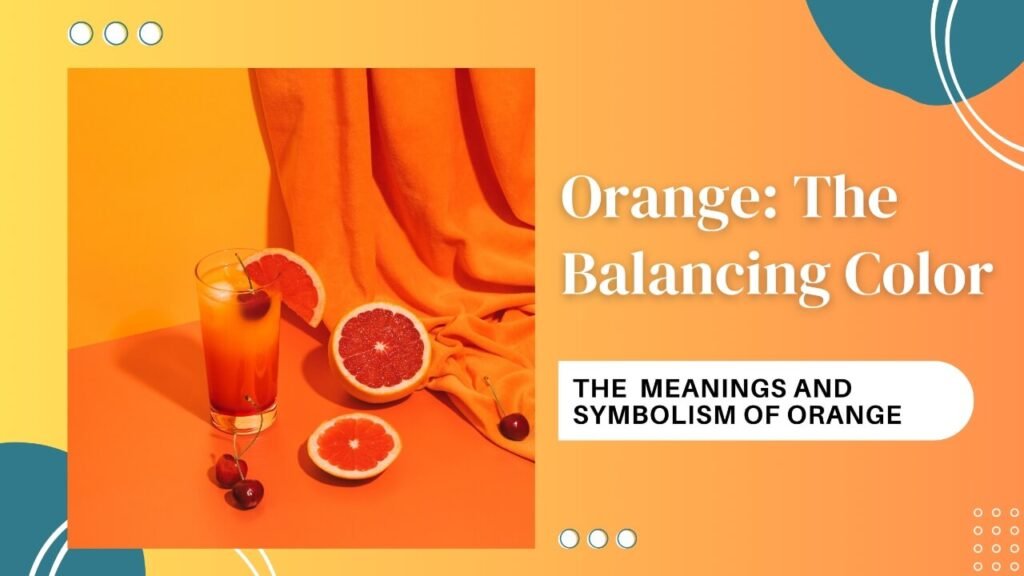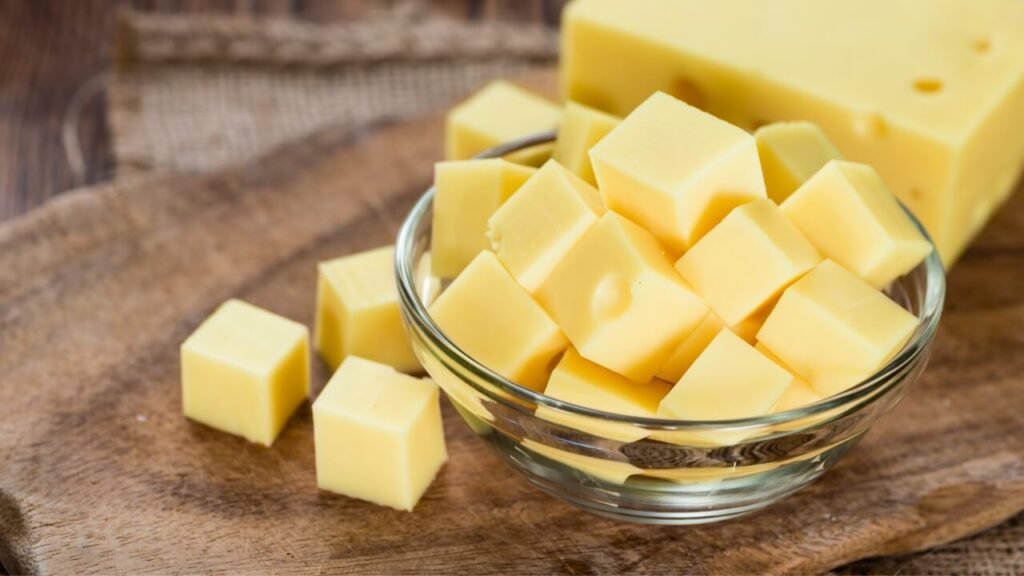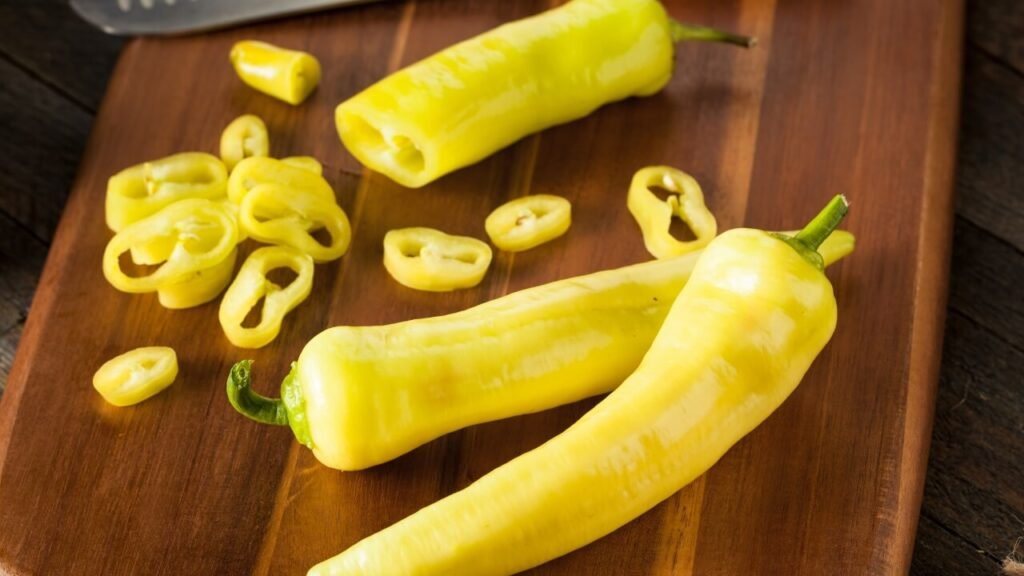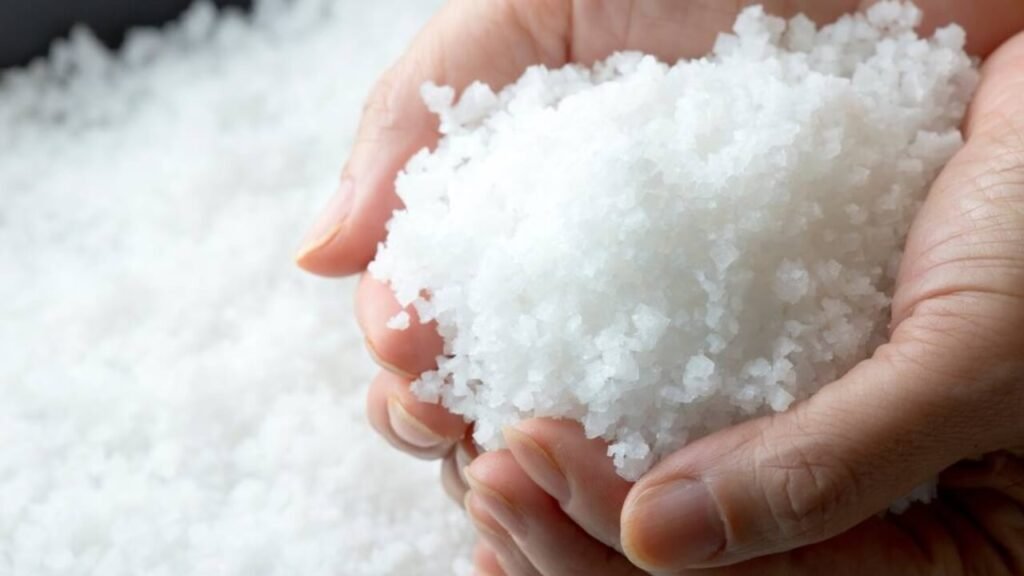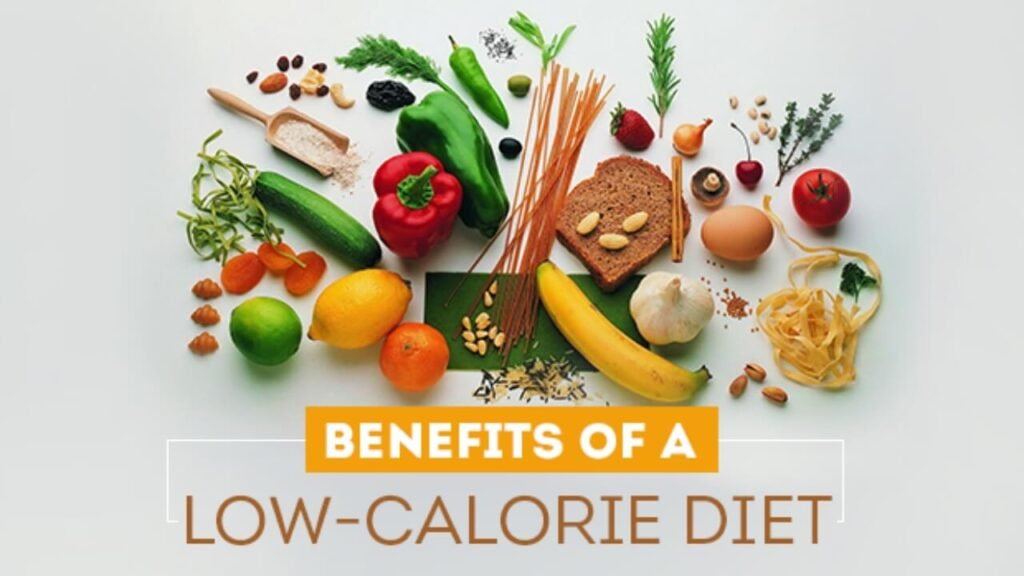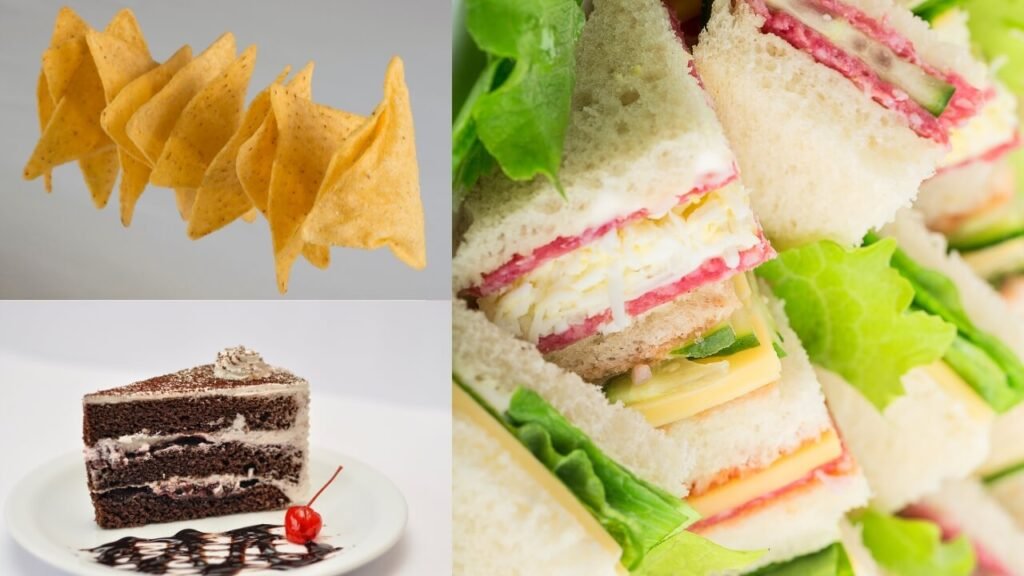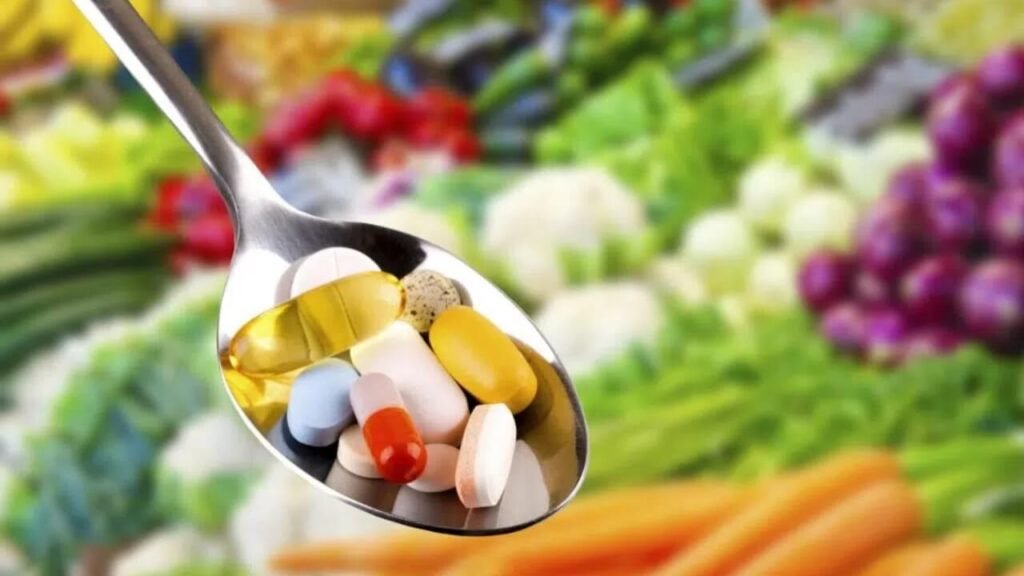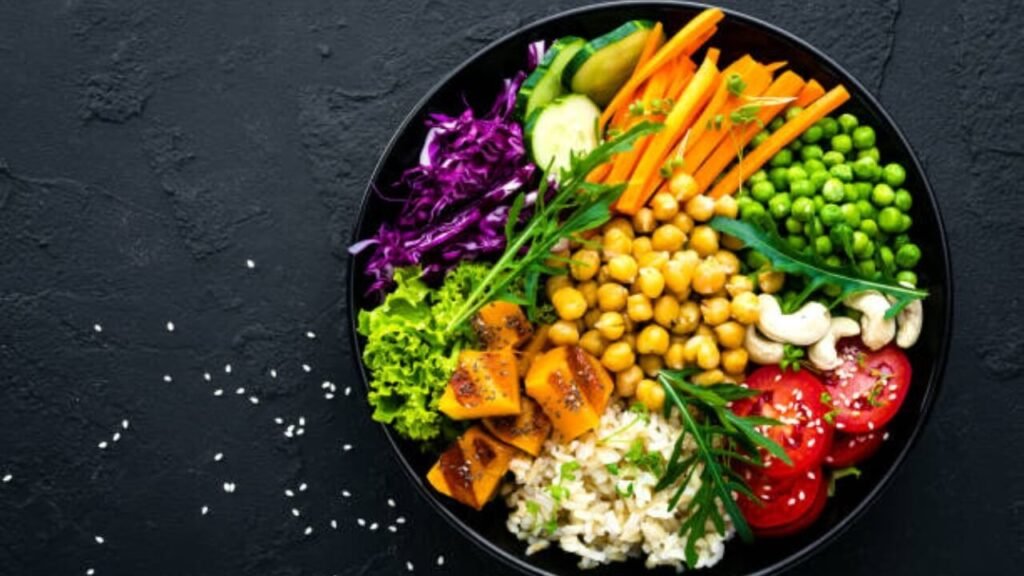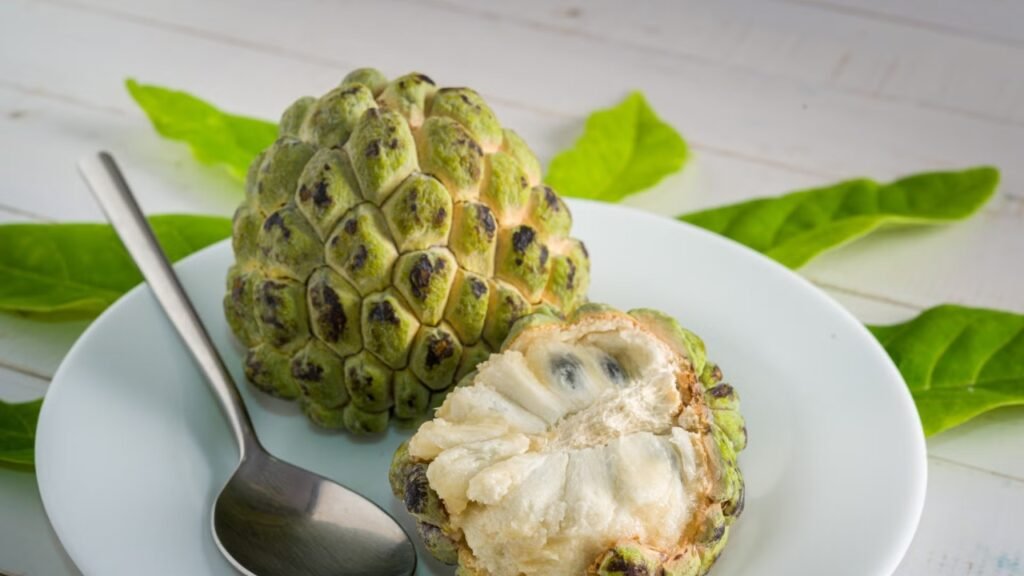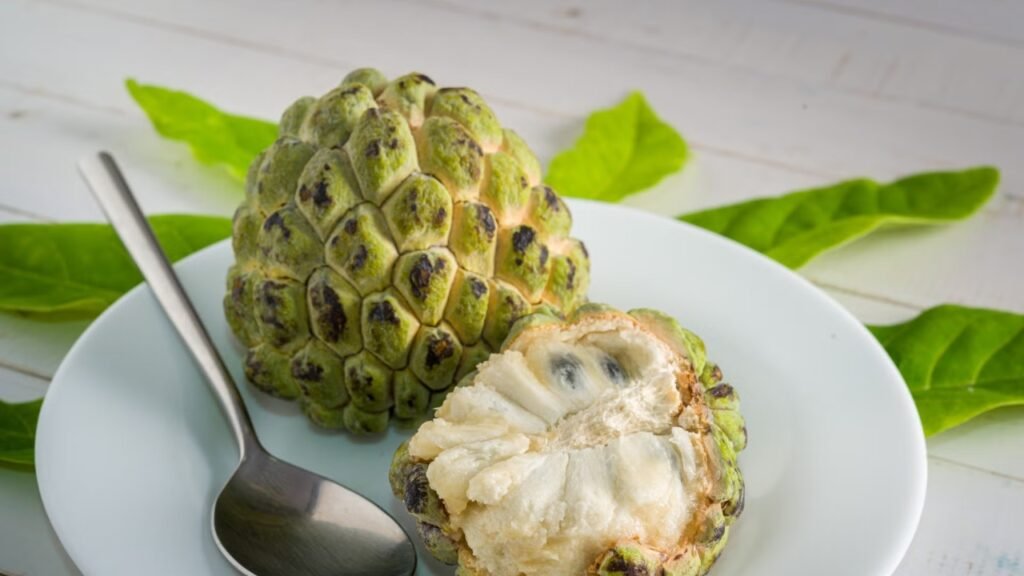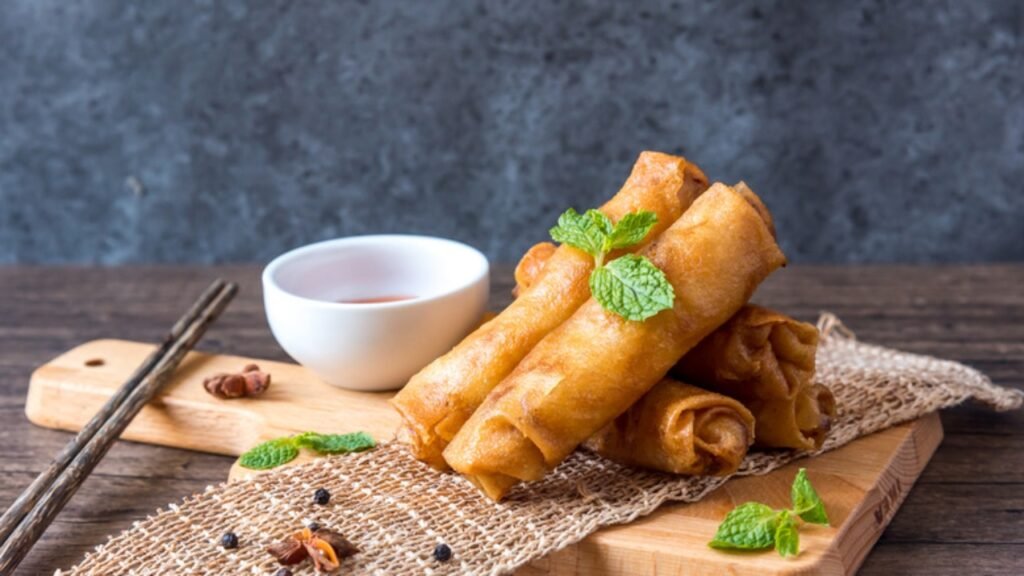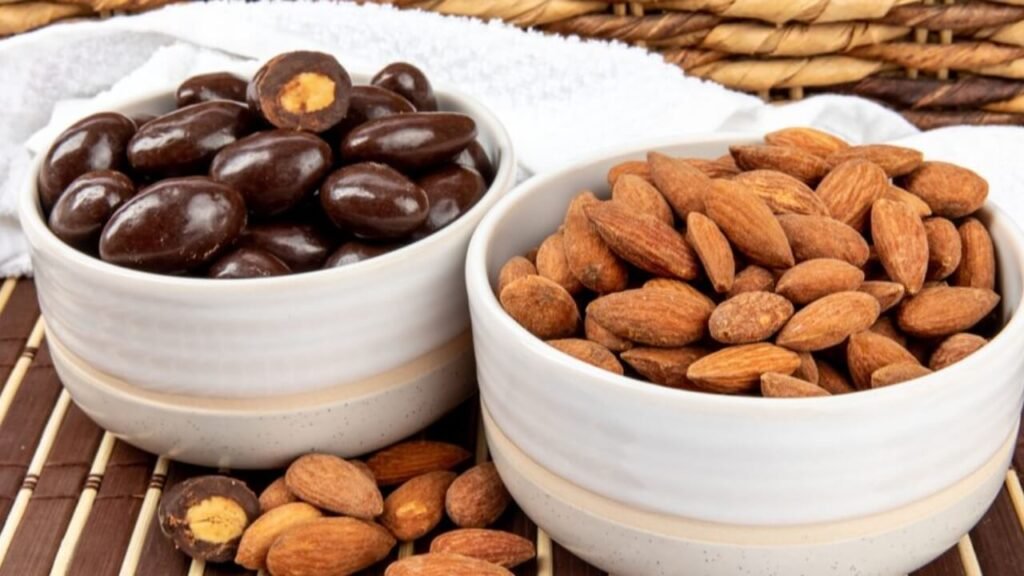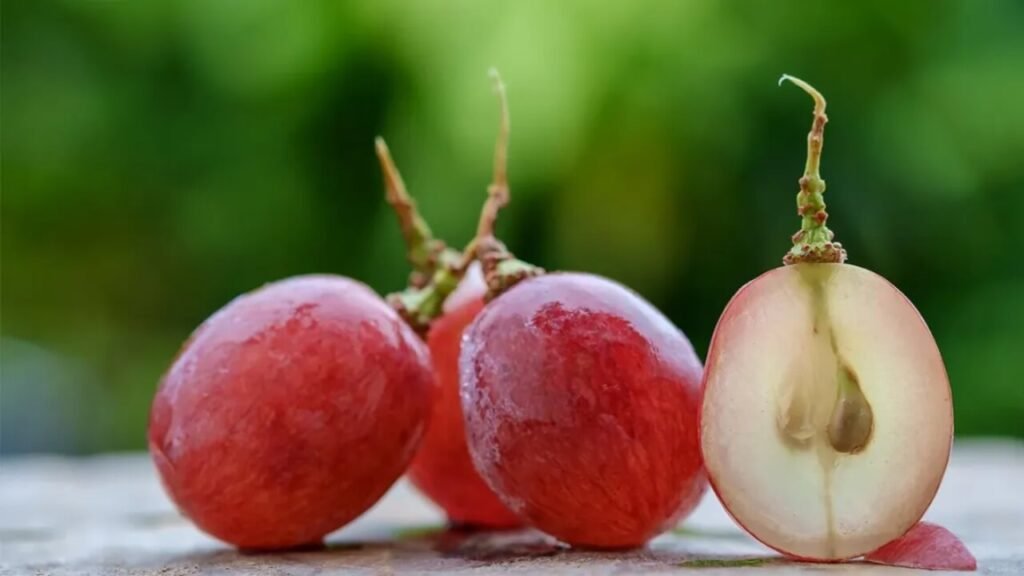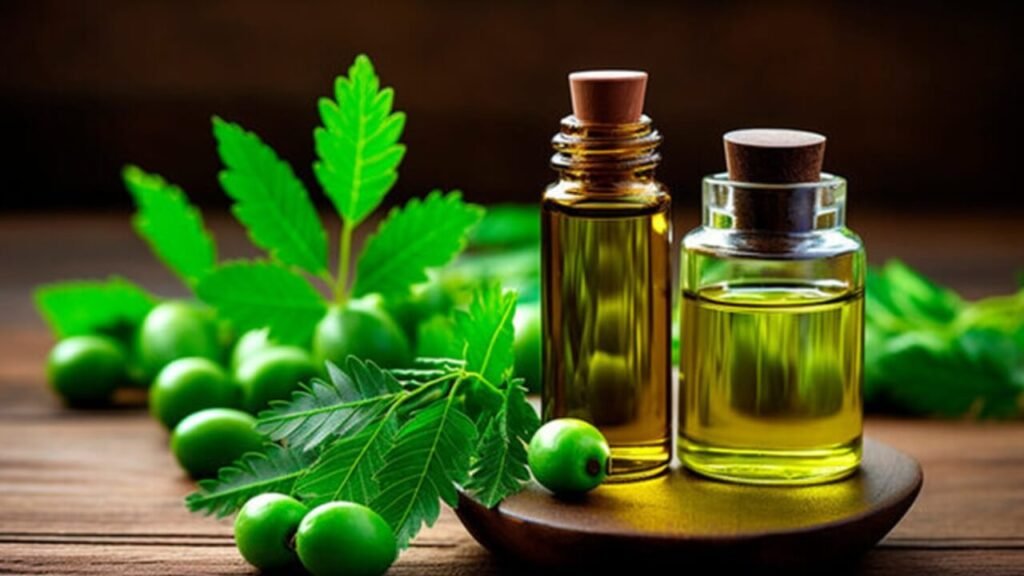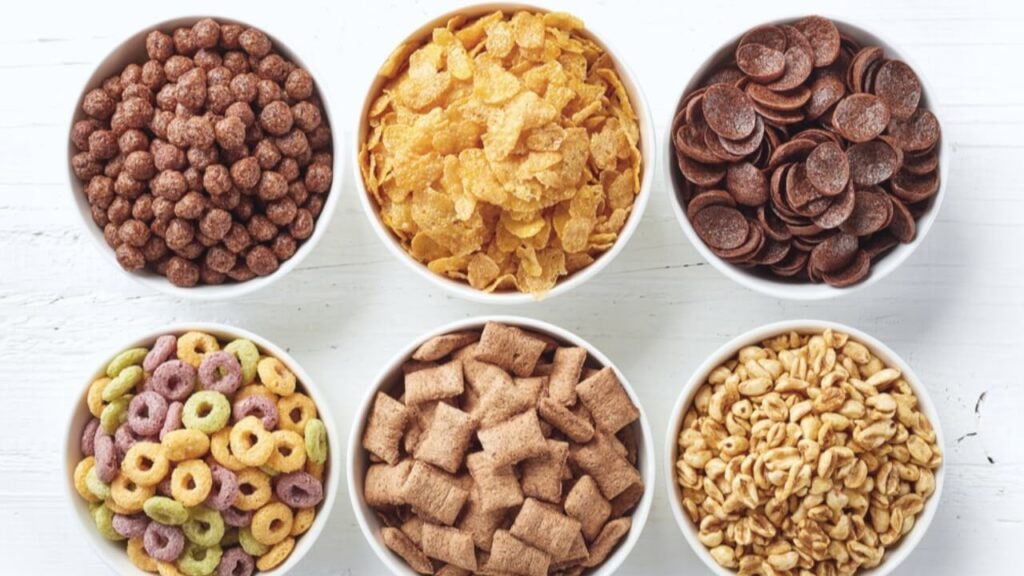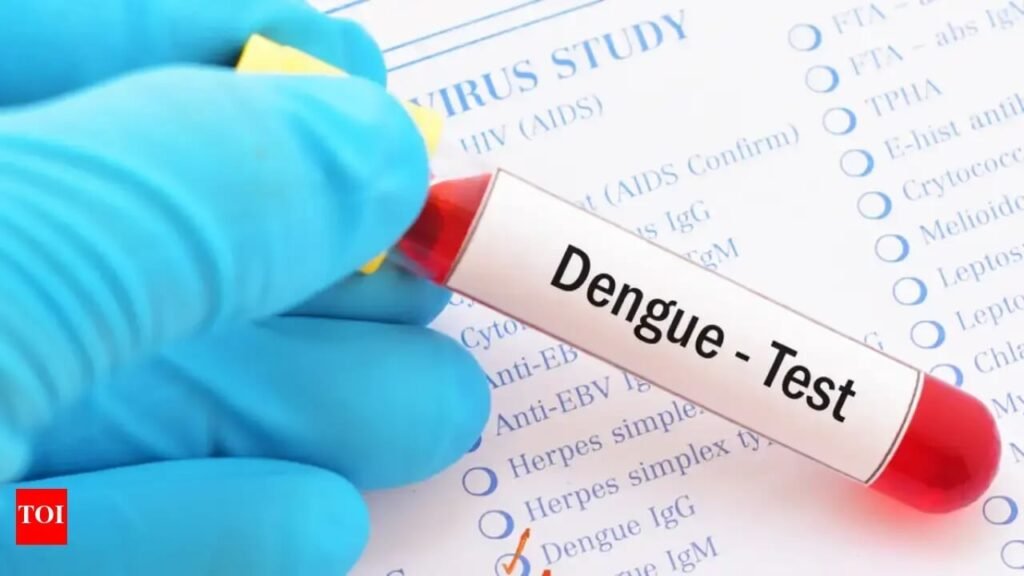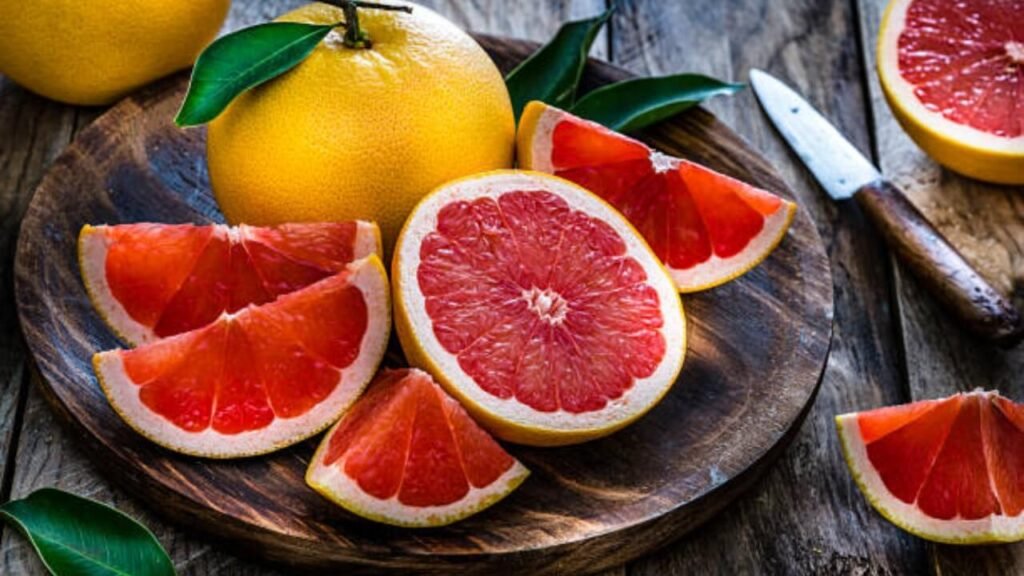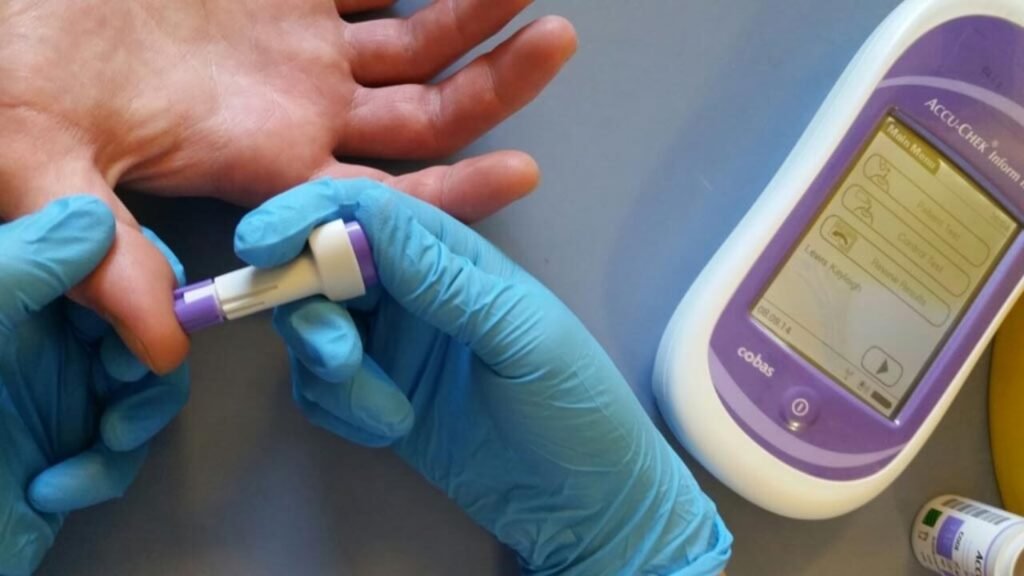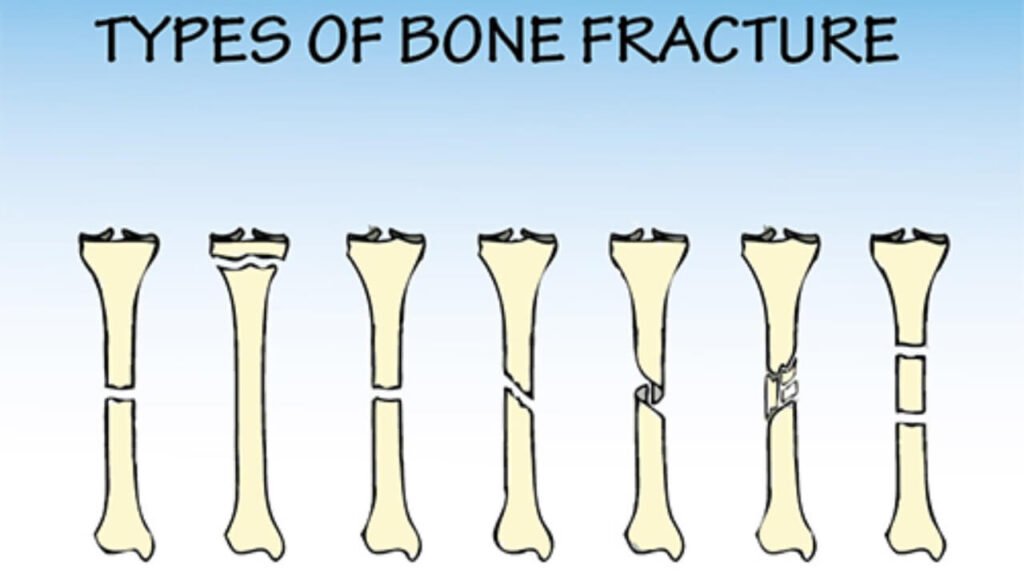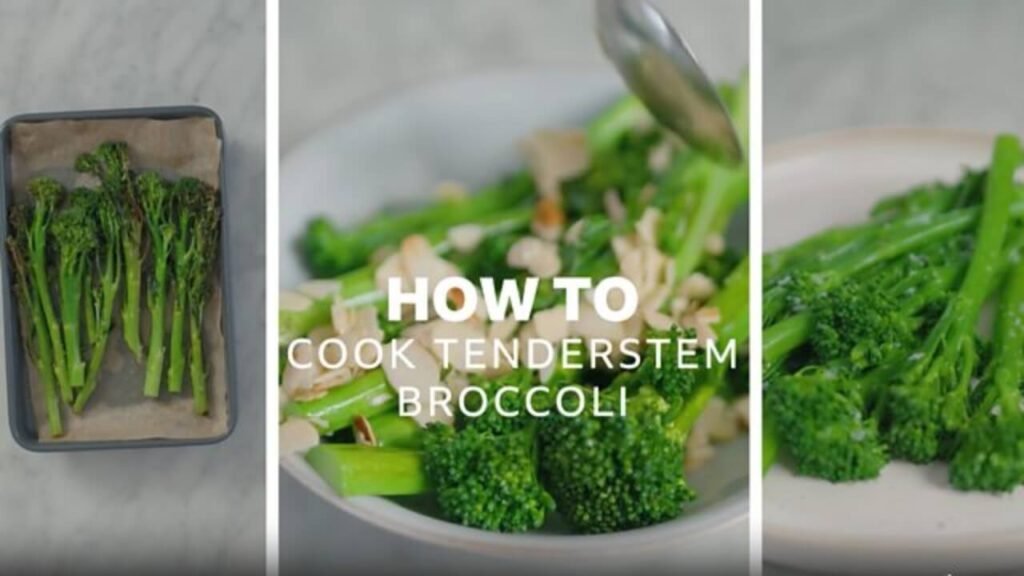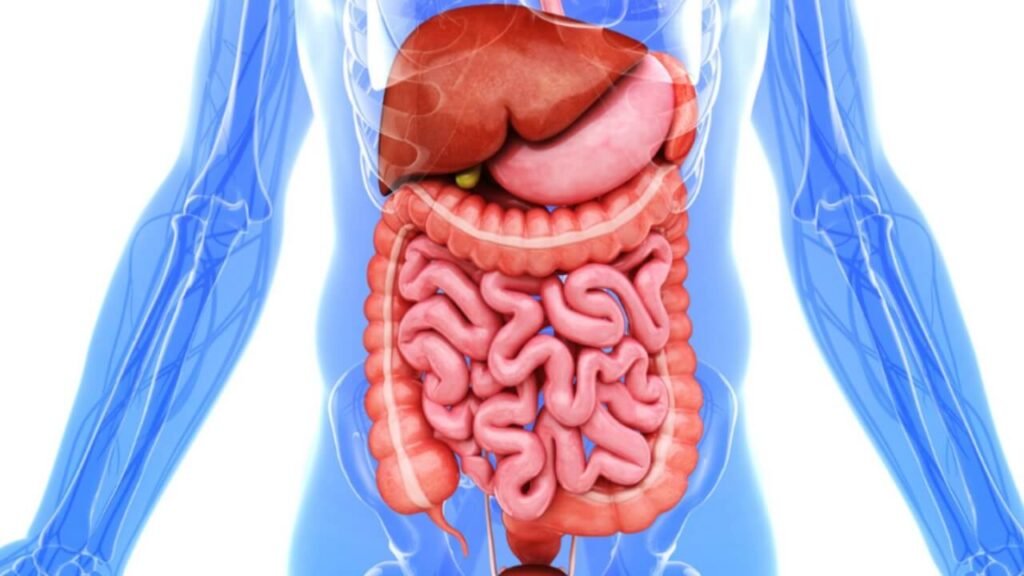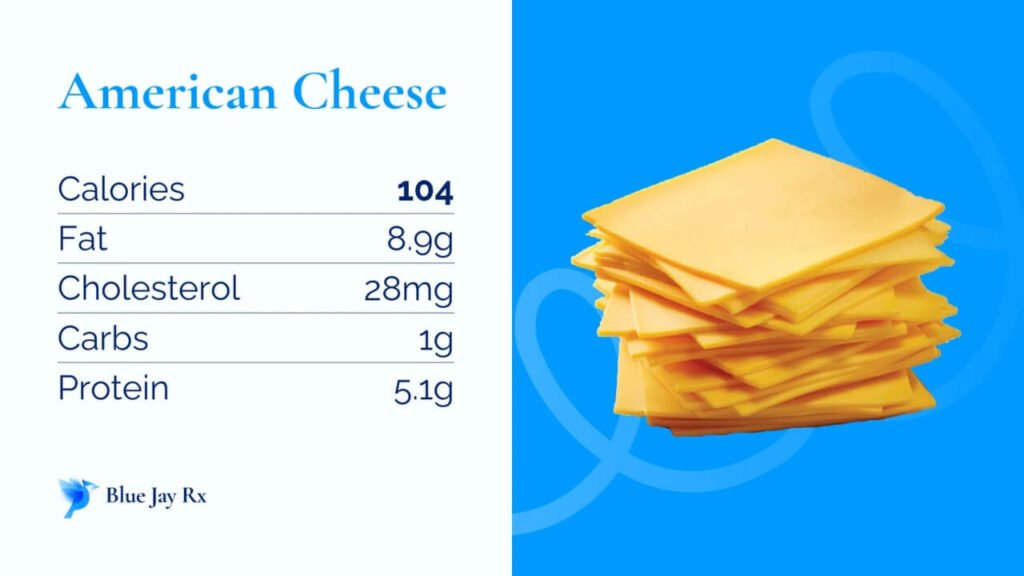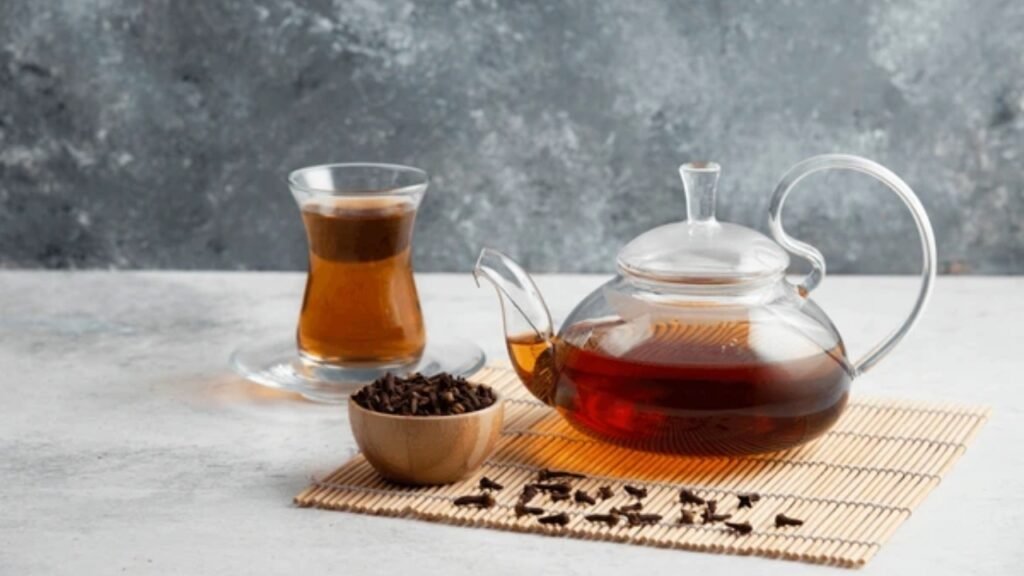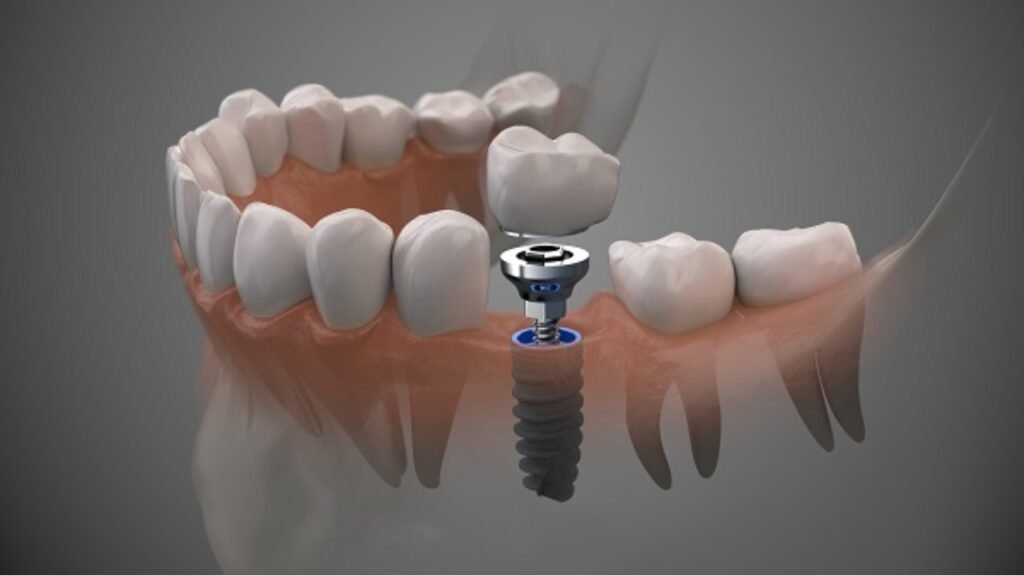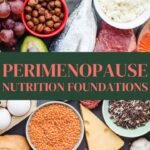Twisted Tea Nutrition Facts: Shocking Truth Behind Every Sip
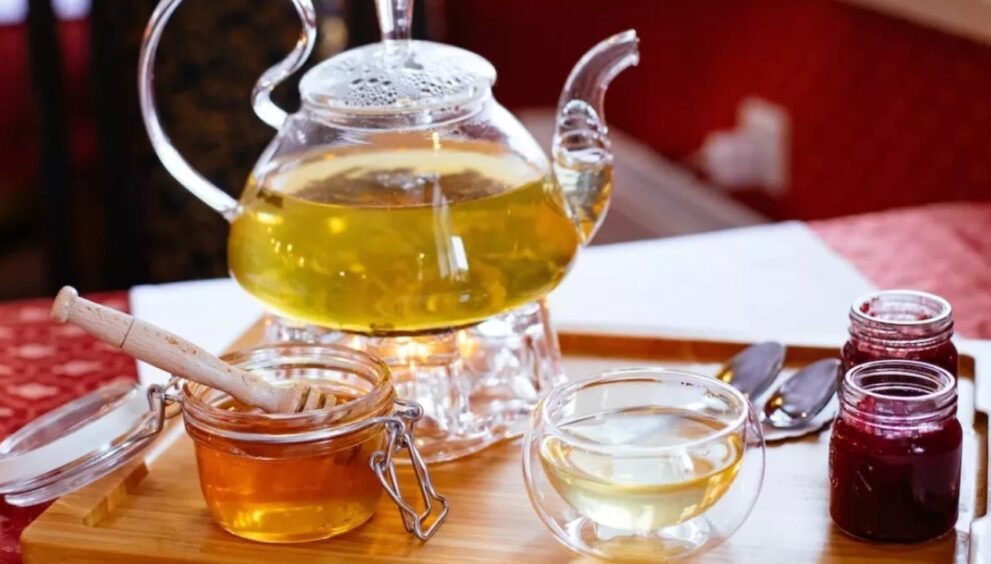
Whether you’re cracking open a cold one at a summer barbecue or unwinding after a long day, Twisted Tea is a favorite go-to for many Americans. Marketed as a hard iced tea with a twist of alcohol, it’s often perceived as a lighter, more refreshing alternative to beer. But as its popularity continues to rise, health-conscious consumers are starting to ask: What are the real Twisted Tea nutrition facts? This blog takes a deep dive into the ingredients, calorie count, sugar content, and how Twisted Tea compares to other alcoholic drinks.
What is Twisted Tea, Anyway?
Twisted Tea is an alcoholic iced tea beverage made with real brewed tea, natural flavors, and alcohol. First introduced in 2001 by the Boston Beer Company, it quickly gained traction for offering a sweet, refreshing flavor with a smooth finish—something different from the usual hop-heavy beer or sugary cocktails. Available in a variety of flavors such as original, half and half (a mix of lemonade and tea), peach, and raspberry, it’s become a staple in coolers across the U.S.
But what makes it stand out isn’t just its taste. It’s the perception that it’s a “better for you” alcoholic option. However, that assumption deserves a closer look.
Calories and Serving Size: A Closer Look
According to data from the brand’s official website and verified nutritional databases, a standard 12-ounce can of Twisted Tea Original contains approximately 194 calories. That might not sound excessive at first glance, but when compared to light beers like Michelob Ultra (95 calories) or even a glass of dry wine (120 calories), it starts to paint a different picture.
Moreover, Twisted Tea’s standard serving size is 12 ounces, but many consumers opt for the 24-ounce tall boys, which pack in nearly 388 calories. For people tracking their daily caloric intake, this is an important consideration. It’s easy to drink two or three cans over the course of a social event, which could add up to 600 or more calories without even realizing it.
Sugar and Carbohydrate Content
The sugar content in Twisted Tea is where many consumers are taken by surprise. A 12-ounce serving of Twisted Tea Original contains about 23 grams of sugar. That’s almost equivalent to the amount found in a typical soda. For those watching their sugar intake due to health reasons like diabetes or weight management, this can be a red flag.
Nutritionists point out that sugar not only contributes to weight gain but also impacts blood glucose levels and overall metabolic health.
“Alcoholic beverages like Twisted Tea can be deceiving because they taste light and fruity, but they can still carry a heavy sugar load,”
says Dr. Karen Simons, a registered dietitian and public health researcher at the University of Florida.
Carbohydrates in Twisted Tea also range on the higher side. A can typically contains around 25-28 grams of carbohydrates, most of which come from added sugars and natural flavorings.
Alcohol Content and Impact on Health
Twisted Tea contains 5% ABV (alcohol by volume), which puts it on par with many standard beers. While the alcohol content might not seem concerning in itself, the combination of high sugar and alcohol can be problematic for some drinkers. Frequent consumption can lead to increased risk of metabolic disorders, liver strain, and long-term weight gain.
Additionally, people often underestimate the compounding effects of alcohol and sugar when consumed together. This combination not only enhances cravings and disrupts sleep but also leads to blood sugar spikes and crashes.
Ingredients Breakdown: What’s Inside Twisted Tea?
Twisted Tea prides itself on using real brewed tea and natural flavors. However, the label also lists ingredients like corn syrup, artificial preservatives, and citric acid. While these are FDA-approved for safety, some health-conscious consumers prefer beverages with cleaner labels.
From a functional nutrition standpoint, beverages with added preservatives and synthetic sweeteners can contribute to gut inflammation, allergic responses, and oxidative stress in sensitive individuals.
Comparing Twisted Tea to Other Alcoholic Beverages
When compared to other common alcoholic beverages, Twisted Tea tends to sit on the higher end of the spectrum in terms of sugar and calories. Here’s a quick comparison:
- Twisted Tea (12 oz): ~194 calories, 23g sugar
- Light Beer (12 oz): ~95–110 calories, 0–2g sugar
- Dry White Wine (5 oz): ~120 calories, 1–2g sugar
- Hard Seltzer (12 oz): ~100 calories, 1–2g sugar
Clearly, Twisted Tea is more indulgent, aligning closer to a sugary cocktail than a low-carb beer or seltzer. For occasional indulgence, it’s fine—but for regular consumption, it may not align with wellness goals.
Who Should Be Cautious?
Individuals trying to lose weight, manage blood sugar, or reduce their sugar intake should approach Twisted Tea with caution. Even for generally healthy individuals, moderation is key. A couple of drinks on the weekend may not cause harm, but daily consumption can contribute to unwanted weight gain and potential health issues.
For athletes or those following a low-carb or keto lifestyle, Twisted Tea is far from ideal. Its sugar and carb load can throw off dietary goals and disrupt metabolic flexibility.
Are There Any Healthier Alternatives?
Yes. For those who enjoy the tea flavor with a bit of a kick, there are alternatives. Hard seltzers, spiked kombuchas, and even homemade cocktails using brewed tea, a splash of lemon, and a clear spirit like vodka can offer similar flavor profiles with far fewer calories and sugars.
Another emerging option is low-sugar hard teas that specifically cater to wellness-focused consumers. Brands have started introducing zero-sugar or keto-friendly versions that still deliver flavor without the added nutritional baggage.
Label Transparency and Consumer Awareness
Twisted Tea, like all alcoholic beverages, is not required to list full nutrition labels by the FDA. This makes it harder for consumers to make informed choices. However, growing demand for transparency is encouraging some brands to voluntarily disclose nutritional information.
“In today’s health-conscious culture, consumers deserve to know what’s in their drink. Transparency should not be optional,”
argues Dr. Simons.
Until regulations catch up, it falls on consumers to research and ask the right questions. Visiting brand websites, reading user-submitted reviews, and comparing similar products can help make more informed choices.
Final Thoughts: Should You Keep Drinking Twisted Tea?
Understanding Twisted Tea nutrition facts is essential for anyone trying to balance enjoyment with health. While it may be a tasty and refreshing option for social settings, it’s not the most waistline- or sugar-friendly beverage out there. From high calorie and sugar counts to hidden ingredients, Twisted Tea walks the line between fun and indulgence.
That doesn’t mean you have to give it up entirely. If it brings joy and is consumed in moderation, it can still be part of a balanced lifestyle. But knowing the facts allows you to make empowered choices.
As always, the best drink is one that fits your body’s needs, aligns with your health goals, and leaves you feeling good—not guilty.



